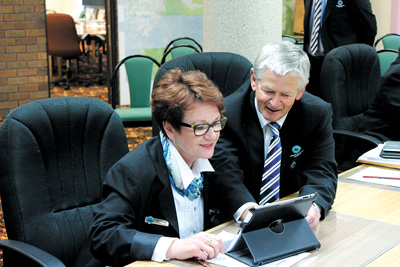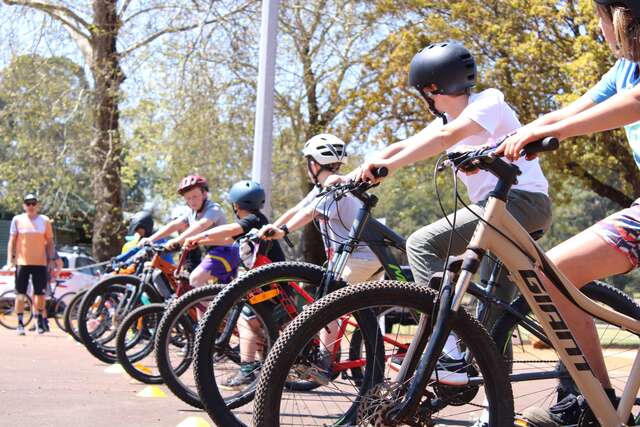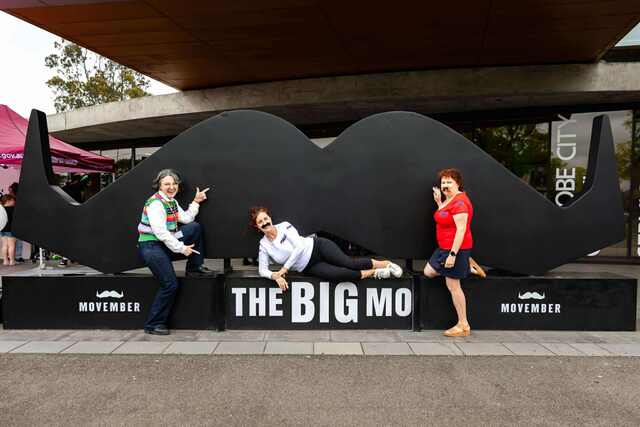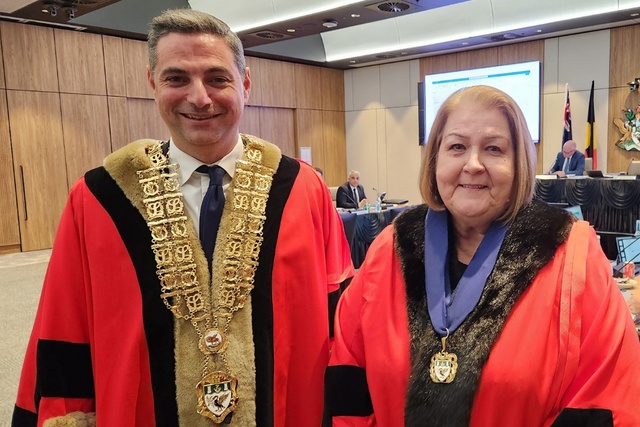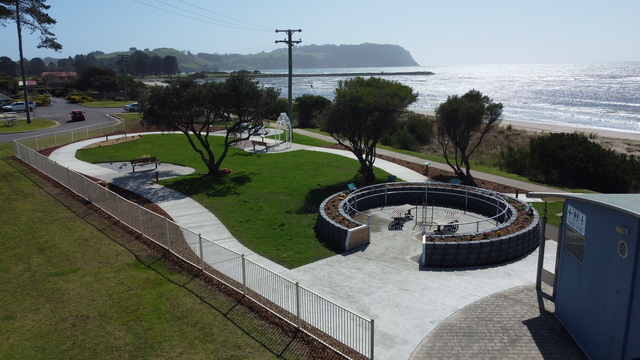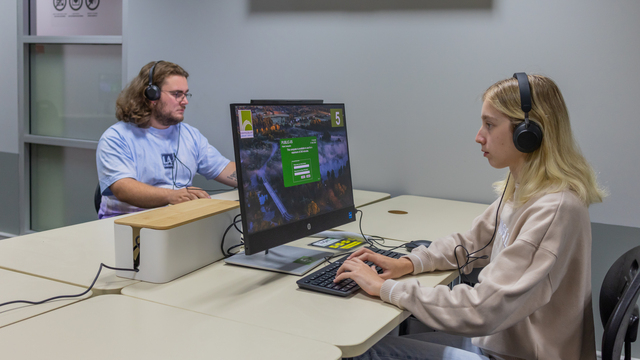Local governments are increasingly adopting strategies and policies that incorporate social media, Web 2.0 and portable devices into the business of council, recognising the potential for greater community engagement, efficiency and long-term sustainability.
The past five years or so have seen an unprecedented explosion in the technological mediums available to individuals, businesses and organisations for communication, promotion and business development, and in terms of reaching ever-wider audiences.
Councils are no exception in the uptake of new technologies, with many at the forefront in utilising social media or in the development of smartphone or iPad applications as networking and promotional tools. However, recent research by the Australian Centre for Excellence in Local Government (ACELG) into local government and social media suggests that many councils are hesitant to take on the benefits of social media in a comprehensive manner.
Over a period of 10 months the ACELG undertook leading-edge research that culminated in the report, Connecting with Communities: How Local Government is Using Social Media to Engage with Citizens by Anne Howard, based on findings from a national survey of 560 councils and in-depth interviews with elected members, staff and professionals working in local government.
Amongst a number of conclusions reached in the report, a crucial finding was that “The most significant barrier to participation in social media for most councils is an overall lack of understanding of the various platforms and the way they could be incorporated into councils’ existing communication platforms.”
As Anne Howard says, “Social media brings a different set of demands to traditional communication and it is important for councils to ensure they are appropriately resourced and ready to integrate it into their communication strategies.”
Social media is just another way councils can streamline their communication with their constituents and improve organisational efficiency in the process. In this sense, councils should be developing social media policies and frameworks specific to the work of local government.
The use of social media, including Facebook, Twitter, YouTube and LinkedIn, should run alongside the uptake of other technologies that simplify the business of council, such as: online permit applications; the use of portable devices in council meetings; or the development of apps as networking or promotional tools.
As is evidenced in the sample of stories below, many councils are stepping bravely into the new world of social media, Web 2.0 and related technologies, and reaping the many benefits of doing so.
Glenn Innes Severn embraces ‘Appngo’
A small local government area of only 5427km2, Glenn Innes Severn in NSW, was chosen to launch Aurora Research and Inland NSW Tourism’s A ppngo, an app that provides visitors to the area with up-to-date information on products and services at any time of the day or night.
Appngo heralds a new era for NSW’s Accredited Visitor Information Centres (AVICs), according to Inland NSW Tourism’s CEO, Graham Perry.
“Inland NSW Tourism required a tool that could provide visitors with product information any time — whether at home planning their trip, when travelling from home to the region, or when in the region,” he said.
“This initiative demonstrates the ongoing importance of Accredited Visitor Information Centres, while enhancing their capability to deliver visitor services 24 hours, 365 days of the year.”
Glenn Innes Severn Council was chosen to host the launch in recognition of the fact Council and Tourism Manager Peter Teschner are leading the way in terms of innovative use of technology and stimulating tourism operator engagement.
“Glenn Innes Severn Council has embraced appngo and should be applauded for their efforts to ensure the region’s accommodation is bookable online,”
Mr Perry said.
“Innovation is not always led by the big destinations; smaller local government areas can lead the way equally successfully.”
Connect IT strengthens Tassie councils
The Circular Head and Waratah-Wynyard Councils are taking a combined approach to becoming paperless organisations, rolling out iPads to councillors as part of a joint initiative called Connect IT.
Councillors are now provided with electronic versions of meeting agendas, which they can browse and edit via an app. Both Councils have also implemented a councillors’ intranet, to further assist in communication and the move towards becoming paper-free.
Circular Head Council General Manager, Greg Winton, said Connect IT was about using technology in an innovative way while also being environmentally conscious.
“Connect IT is really a further development of our resource-sharing arrangement with the Waratah-Wynyard Council, which is all about building stronger and better councils,” he said.
“By being able to centralise all communications, both organisations are able to provide real time updates on a range of matters to councillors.”
Both councils are either using or developing the use of other technologies throughout their organisations, such as social media, video conferencing, smartphones and Quick Response (QR) codes.
New mediums drive community engagement
Warringah Council in New South Wales has successfully used video and social media to help launch the community consultation phase of its Community Strategic Plan.
The locally produced video included ‘vox-pops’ with a variety of residents from the local area as a way of provoking community discussion. It was promoted on Twitter and Facebook, and became Council’s most-watched video on its YouTube Channel, with close to 500 views.
After watching the video, people clicked through to an online survey and some also made comments on YouTube.
“This example goes to show how online engagement by local government can be driven by a good quality video production,” said Belinda Noble, Manger of Media and Content at Warringah Council.
“We plan to use more video and other multimedia in the future to help drive engagement.”
The ACELG report on local government and social media can be downloaded from: www.acelg.org.au.

